Proning for ARDS
Northwestern EM Blog
MARCH 1, 2025
In this study, they found that prone positioning resulted in significant improvement in oxygenation, as well as a 50% decrease in mortality at 28 days (Guerin et. 2002 for ED setting) When possible, explain the indications and process of the maneuver to the patient and/or family. Adjust all tubing and reassess connections.


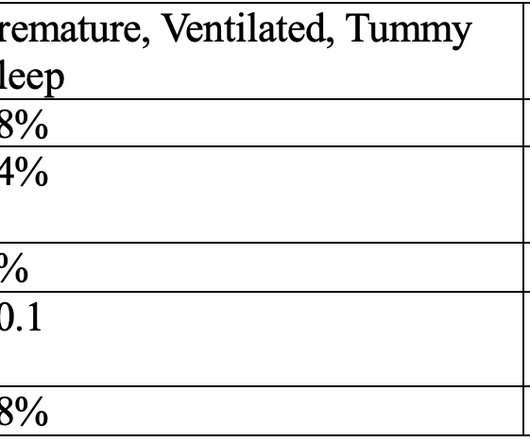
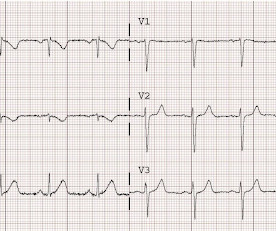
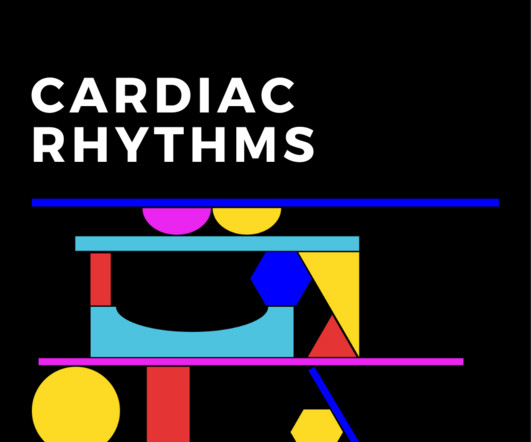
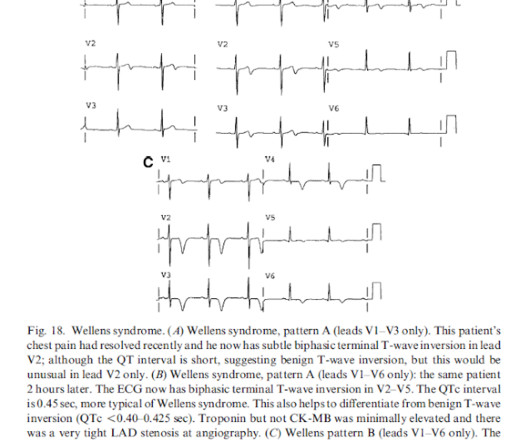
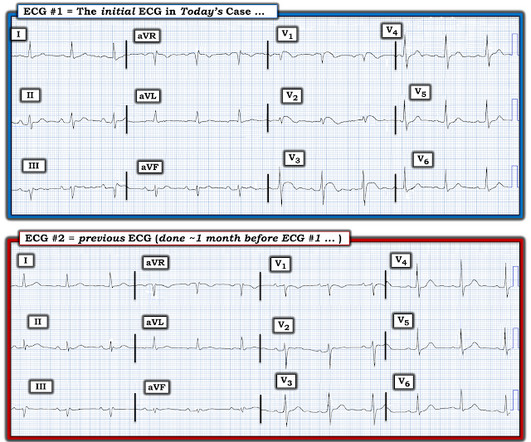















Let's personalize your content